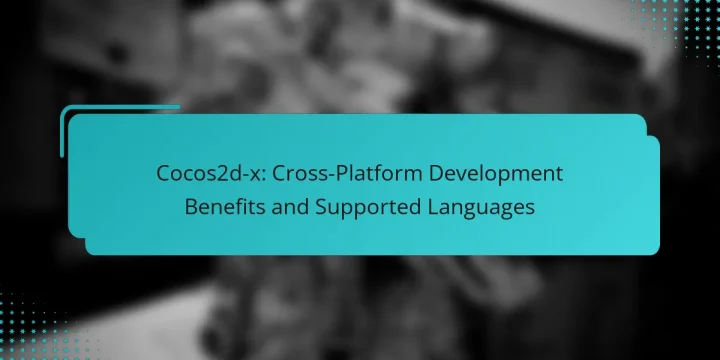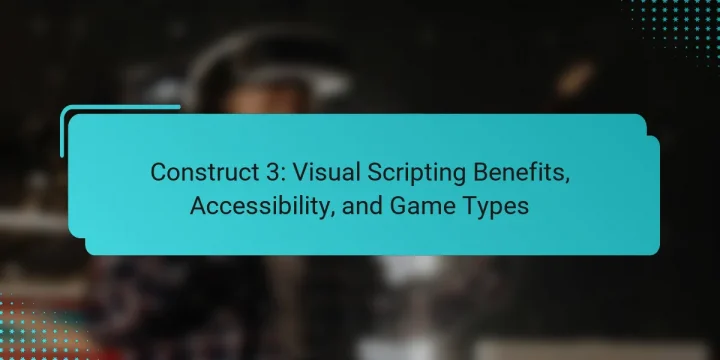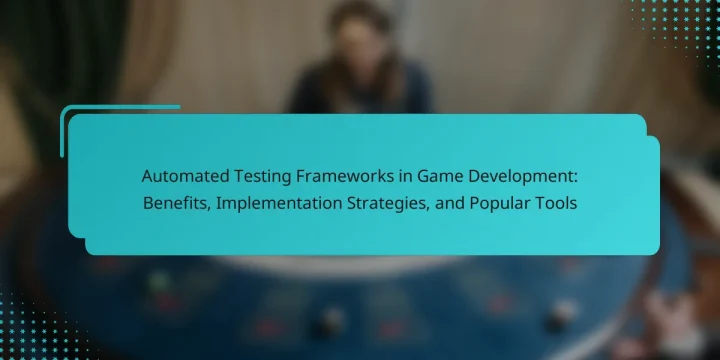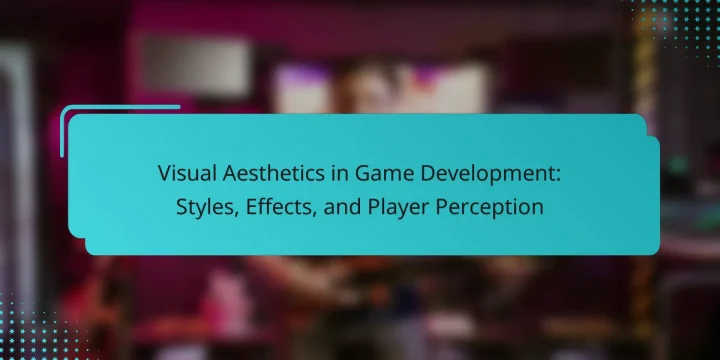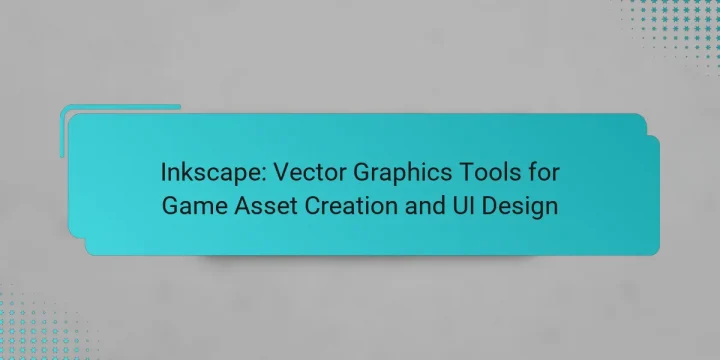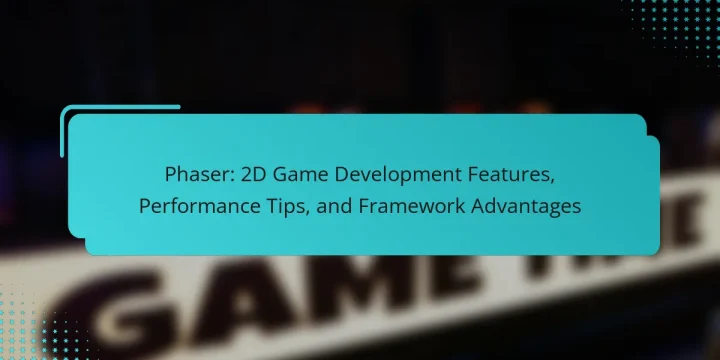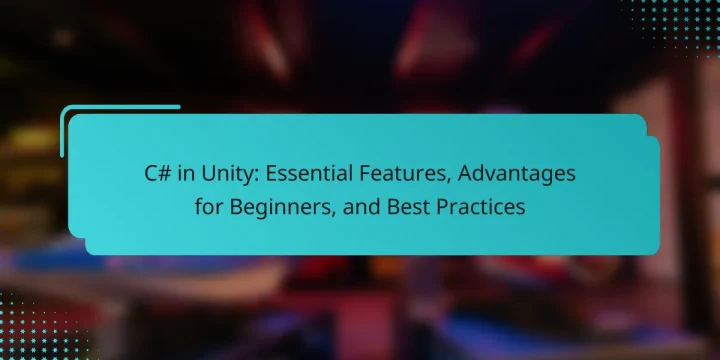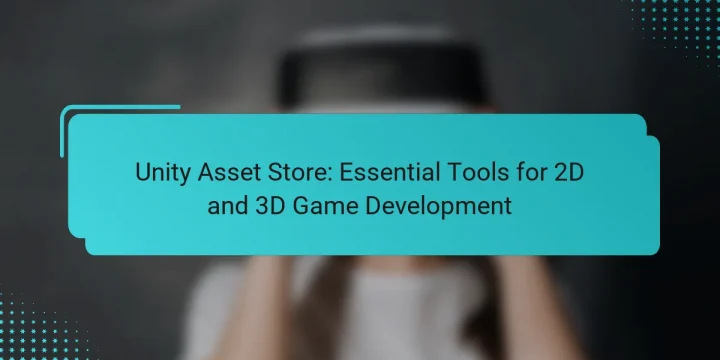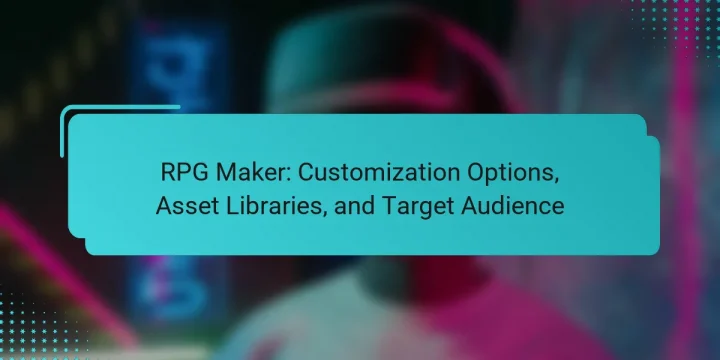
What is RPG Maker and its significance in game development? RPG Maker is a game development software designed for creating role-playing games. It allows users to build games without extensive programming knowledge. The software provides a user-friendly interface and various tools for designing characters, maps, and events. RPG Maker has been significant in democratizing game development. It enables hobbyists and aspiring developers to bring their ideas to life. Since its initial release in 1988, it has fostered a community of creators. Many successful indie games have emerged from RPG Maker, showcasing its impact on the gaming industry. How does RPG Maker facilitate the creation of role-playing games? RPG Maker facilitates the creation of role-playing games through its user-friendly interface and extensive asset libraries. The software allows users to design games…
